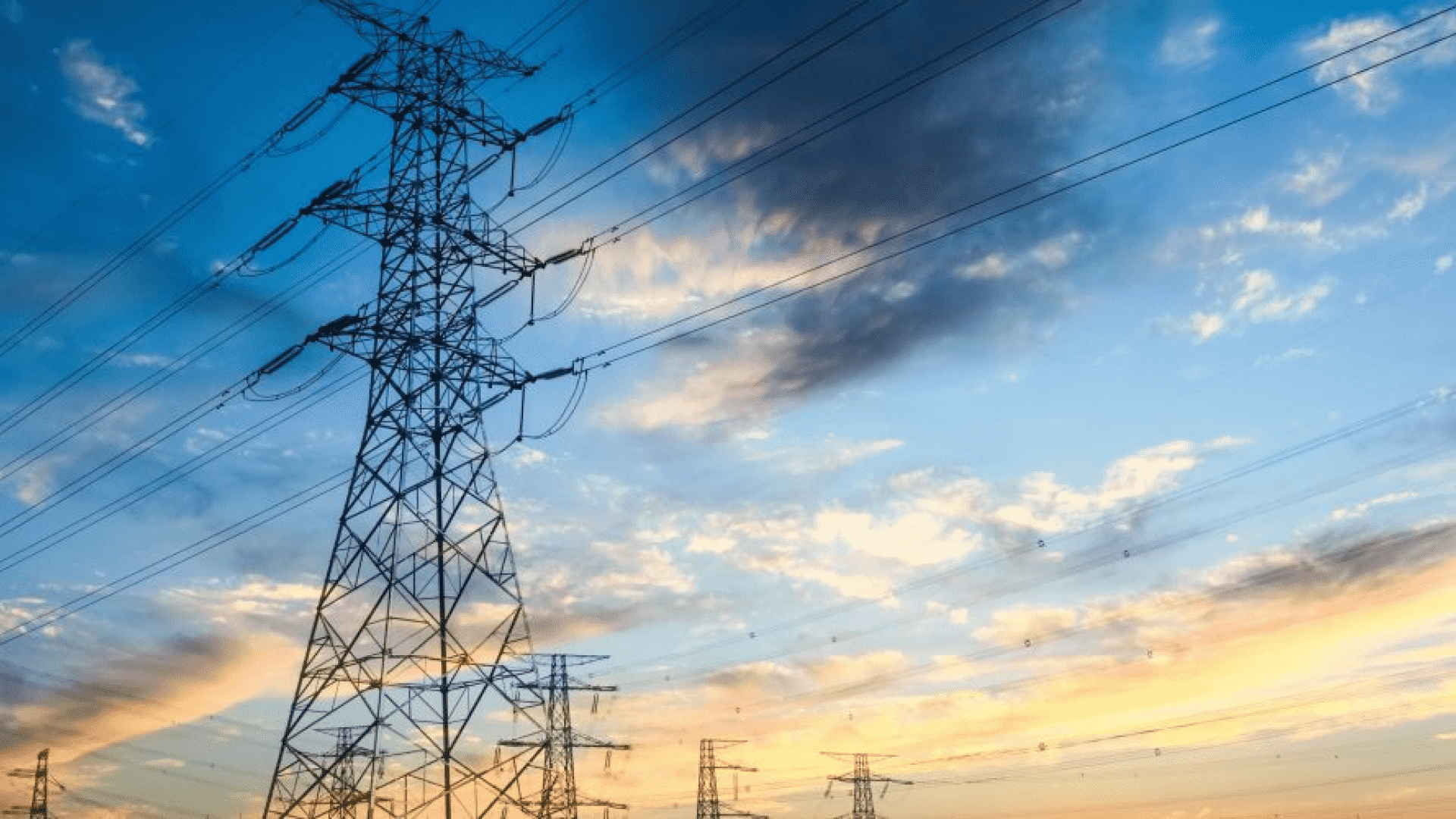Transmission & Distribution
Transmission & Distribution (T&D) systems are the backbone of modern electric power delivery. These two critical processes ensure that electricity generated at power plants reaches end-users—industries, businesses, and households—safely and efficiently.
Transmission refers to the high-voltage transfer of electricity from power generation plants (such as thermal, hydro, solar, or wind) to substations located near demand centers. This stage uses high-voltage transmission lines—ranging from 110kV to 765kV or more—to minimize power loss over long distances. The infrastructure involved includes transmission towers, conductors, insulators, transformers, and switchgear. The primary goal of transmission is to carry bulk electricity over large distances with minimal energy loss.
Distribution, on the other hand, is the process of delivering electricity from substations to individual consumers. This stage uses lower voltage levels, usually ranging from 11kV to 33kV for primary distribution, and 230V to 440V for secondary distribution. Distribution networks include transformers, poles, underground cables, distribution lines, and smart meters. The objective is to provide reliable and safe electricity to homes, offices, and industries.
Modern T&D systems are evolving rapidly with the integration of smart grid technologies, renewable energy sources, automation, and digital monitoring. These advancements improve grid stability, efficiency, and allow better management of electricity demand and supply.
T&D systems face various challenges such as grid congestion, transmission losses, aging infrastructure, and the need for real-time data and automation. However, smart sensors, digital substations, remote monitoring, and SCADA systems are transforming how utilities manage power flow.
In summary, Transmission & Distribution are the essential links between electricity generation and consumption. Together, they form the invisible yet vital infrastructure that powers our daily lives and supports economic growth.
